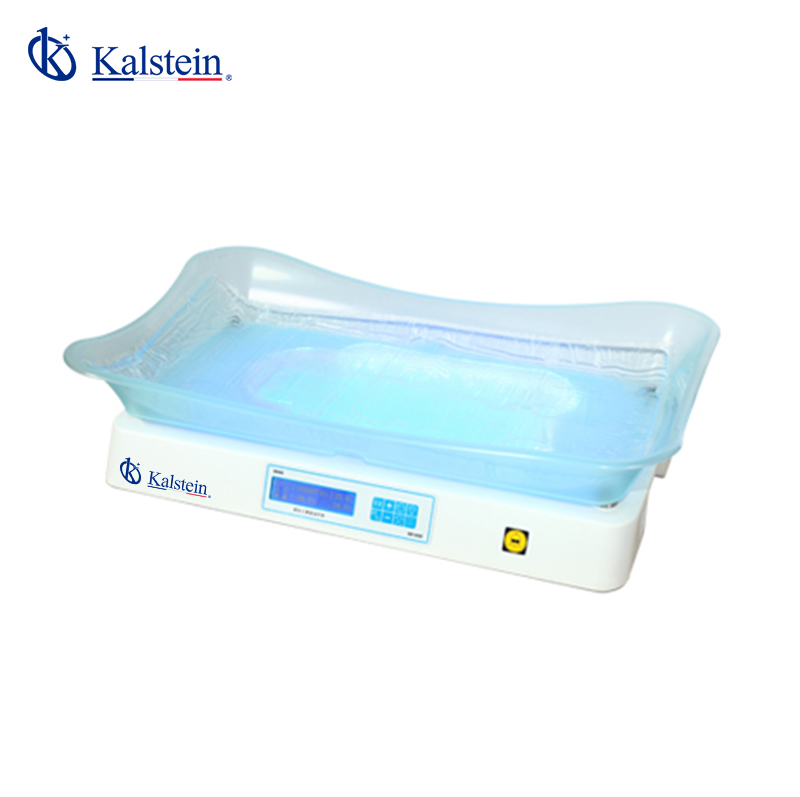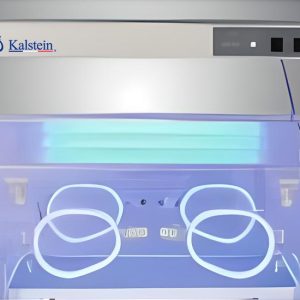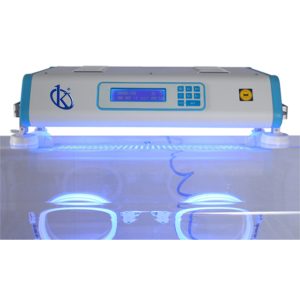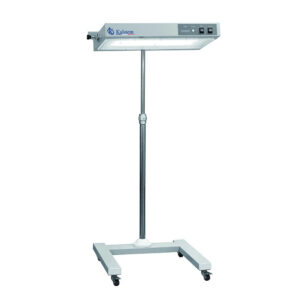Description
The Infant Phototherapy Unit YR06222 is an advanced medical device designed to provide effective treatment for neonatal jaundice. This unit features a user-friendly LCD display that clearly showcases time settings, lighting intensity, and the vital skin temperature of infants, ensuring optimal treatment. Equipped with white LED lights, it facilitates easy examination and visibility. The device includes a skin temperature sensor to monitor the baby’s temperature continuously and an internal fan to dissipate any excess heat during operation. The programmable system controller allows for customizable lighting intensity settings tailored to specific time intervals, ensuring a personalized treatment experience.
Market Price
When considering the purchase of the Infant Phototherapy Unit YR06222, the market price typically falls within a range between approximately 3300 USD to 4100 USD. This price bracket reflects the high-quality components and technology integrated into the device, making it a reliable choice for medical facilities that prioritize both performance and safety in neonatal care.
Frequently Asked Questions
Q: Is the Infant Phototherapy Unit YR06222 easy to operate?
A: Yes, the unit is designed with user-friendliness in mind, featuring an intuitive interface and programmable settings.
Q: Is the unit portable?
A: While the unit is designed for clinical settings, it is sufficiently compact to be moved between treatment rooms as necessary.
Q: How does the unit ensure the baby’s safety during treatment?
A: The device is equipped with a skin temperature sensor and an internal fan to maintain safe operating conditions.
Advantages and Disadvantages
Advantages of the Infant Phototherapy Unit YR06222 include its efficient bilibribum radiancy, customizable lighting settings, and integrated safety features like the temperature sensor. However, a potential disadvantage is its reliance on a constant power source, which might limit its use in scenarios where electricity is intermittent.
Product Use in the Field
This phototherapy unit is primarily used in neonatal intensive care units (NICUs) to treat newborns diagnosed with jaundice. Its programmable lighting and reliable sensor system make it indispensable in providing precise and consistent care for infants, ensuring they receive the correct dosage of phototherapy necessary to reduce bilirubin levels effectively.
Recommendations
For optimal performance, it is recommended to conduct regular maintenance checks on the Infant Phototherapy Unit YR06222. Ensure the sensors are calibrated correctly, and the LED lights are functioning at optimal brightness. Regular cleaning and inspections will extend the device’s lifespan and maintain its efficacy.
Features
- LCD display shows time information, lighting intensity, and skin temperature
- White LED lights for easy examination
- Skin temperature sensor to monitor baby’s skin temperature
- Internal fan to reduce the heat during operation
- Programmable system controller for customizable lighting settings
Technical Specifications
| Model | YR06222 |
| Bilirubin radiancy (4cm) | 3600μw/cm2(60μw/cm2/nm) |
| Lighting intensity | 33%,67%, 100% |
| White light | Yes |
| Radiant space | 360 × 210 (mm × mm ) |
| Power | ≤ 100VA |
| Wave length | 400nm ~ 550nm |
| Radiant uniformity | > 0.4 |
| Therapy time set | 0-99h59m |
| Temperature monitor range | 30 – 40°C |






